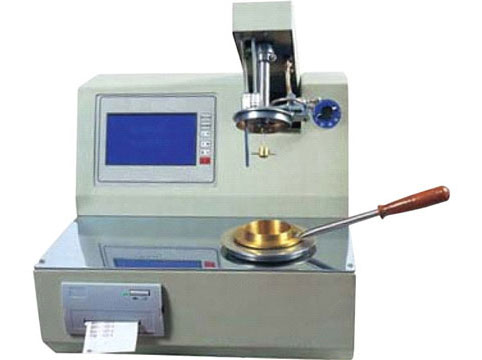To comprehend the essence of a Cup Flash Point Tester, it's essential to grasp the concept of flash point itself. The flash point refers to the lowest temperature at which a substance emits sufficient vapor to ignite in the presence of an ignition source.
Importance of Determining Flash Point
The determination of flash point holds immense importance across various industries. It serves as a vital parameter for classifying and handling flammable liquids, guiding storage and transportation protocols, and ensuring workplace safety.
How Does a Cup Flash Point Tester Work?
The operation of a Cup Flash Point Tester revolves around the application of heat to a sample in a controlled environment. As the temperature rises, the volatile components of the sample vaporize, eventually reaching a point where ignition occurs, marking the flash point.
Applications Across Industries
3.1 Petroleum Industry
In the petroleum industry, Cup Flash Point Testers are important in assessing the volatility and flammability of fuels and lubricants. This information is instrumental in formulating safe handling procedures and ensuring compliance with industry standards.
3.2 Chemical Manufacturing
Chemical manufacturing facilities rely on Cup Flash Point Testers to evaluate the safety profiles of various compounds and solvents. By determining flash points, manufacturers can mitigate risks associated with storage, handling, and transportation.
Key Features to Look for in a Cup Flash Point Tester
4.1 Accuracy and Precision
An ideal Cup Flash Point Tester should offer precise measurements to facilitate informed decision-making and regulatory compliance.
4.2 Safety Mechanisms
Robust safety features are paramount to prevent accidents and ensure operator safety during testing procedures.
